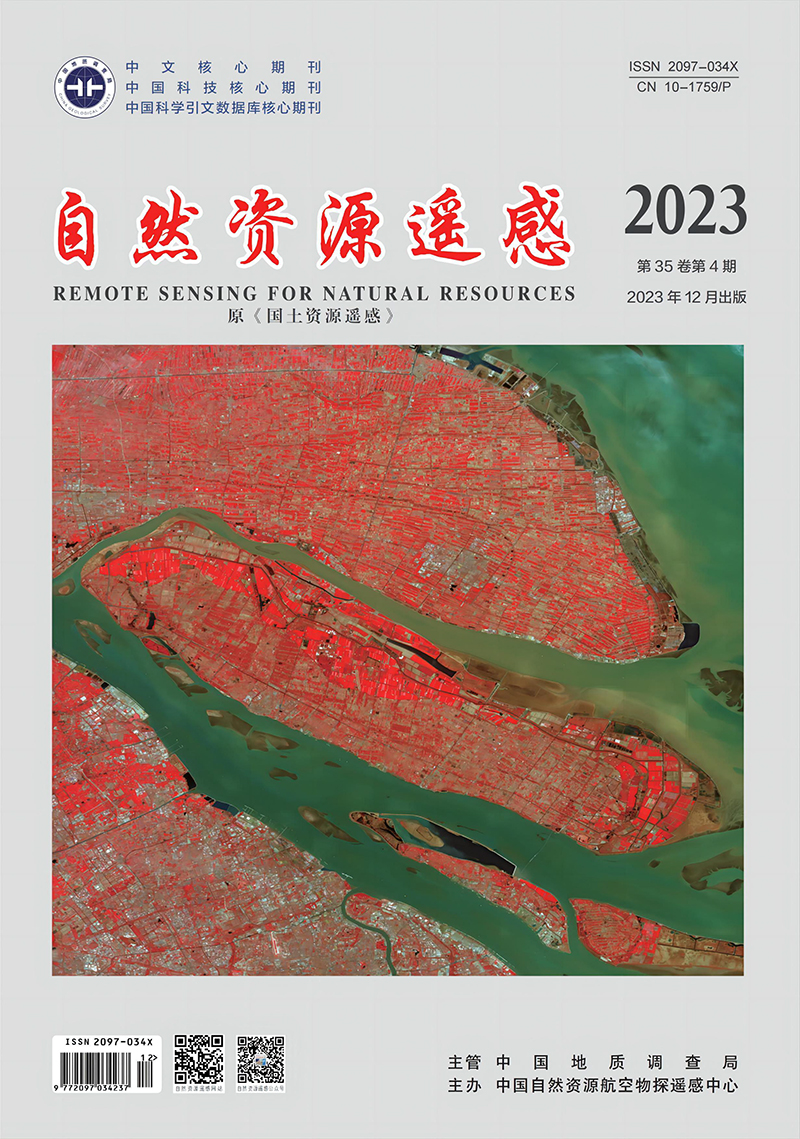WANG Yuexiang, CHEN Wanting, ZHU Yuxin, CAI Anning. 2023. Urban heat island effects of Nanjing based on urban expansion directions and types derived from remote sensing data. Remote Sensing for Natural Resources, 35(4): 130-138. doi: 10.6046/zrzyyg.2022299
| Citation: |
WANG Yuexiang, CHEN Wanting, ZHU Yuxin, CAI Anning. 2023. Urban heat island effects of Nanjing based on urban expansion directions and types derived from remote sensing data. Remote Sensing for Natural Resources, 35(4): 130-138. doi: 10.6046/zrzyyg.2022299
|
Urban heat island effects of Nanjing based on urban expansion directions and types derived from remote sensing data
-
1. School of Urban and Environmental Sciences, Huaiyin Normal University, Huai’an 223300, China
-
;2. School of Public Policy and Management(School of Emergency Management), China University of Mining and Technology, Xuzhou 221116, China
-
;3. Tourism and Social Administration College, Nanjing Xiaozhuang University, Nanjing 211171, China
More Information
-
Corresponding author:
CAI Anning
-
Abstract
Delving into the urban heat island effects caused by urban expansion holds crucial significance for addressing urban thermal environment challenges. Based on the Landsat remote sensing images of Nanjing in 2000, 2010, and 2020, this study obtained Nanjing’s surface temperatures through inversion using the radiative transfer equation and extracted the impervious surface information using the biophysical composition index (BCI). It analyzed the urban expansion directions and types of Nanjing from 2000 to 2020 by employing the standard deviation ellipse and the landscape expansion index. Moreover, it investigated the effects of urban expansion types on the thermal environment through statistical analysis. The results are as follows: ① From 2000 to 2020, Nanjing experienced an increase in surface temperatures from 29 ℃ to 30 ℃ and an expansion of the heat island area from 2 248 km2 to 3 051 km2. The urban heat island expanded towards the south between 2000 and 2010 and spread to the surrounding areas between 2010 and 2020; ② The urban land of Nanjing expanded outwards from its center, mainly towards the south. The expansion types were dominated by edge expansion, succeeded by infilling and exclave expansions. The proportion of edge expansion between 2000 and 2010 was slightly higher than that between 2010 and 2020; ③ The urban expansion exhibited the same direction as the urban heat island expansion, and edge expansion resulted in the most intense urban heat island effects, followed by exclave and infilling expansions. This study can provide a scientific basis for ameliorating Nanjing’s thermal environment based on the urban expansion types and directions.
-

-
-
Access History







 DownLoad:
DownLoad: